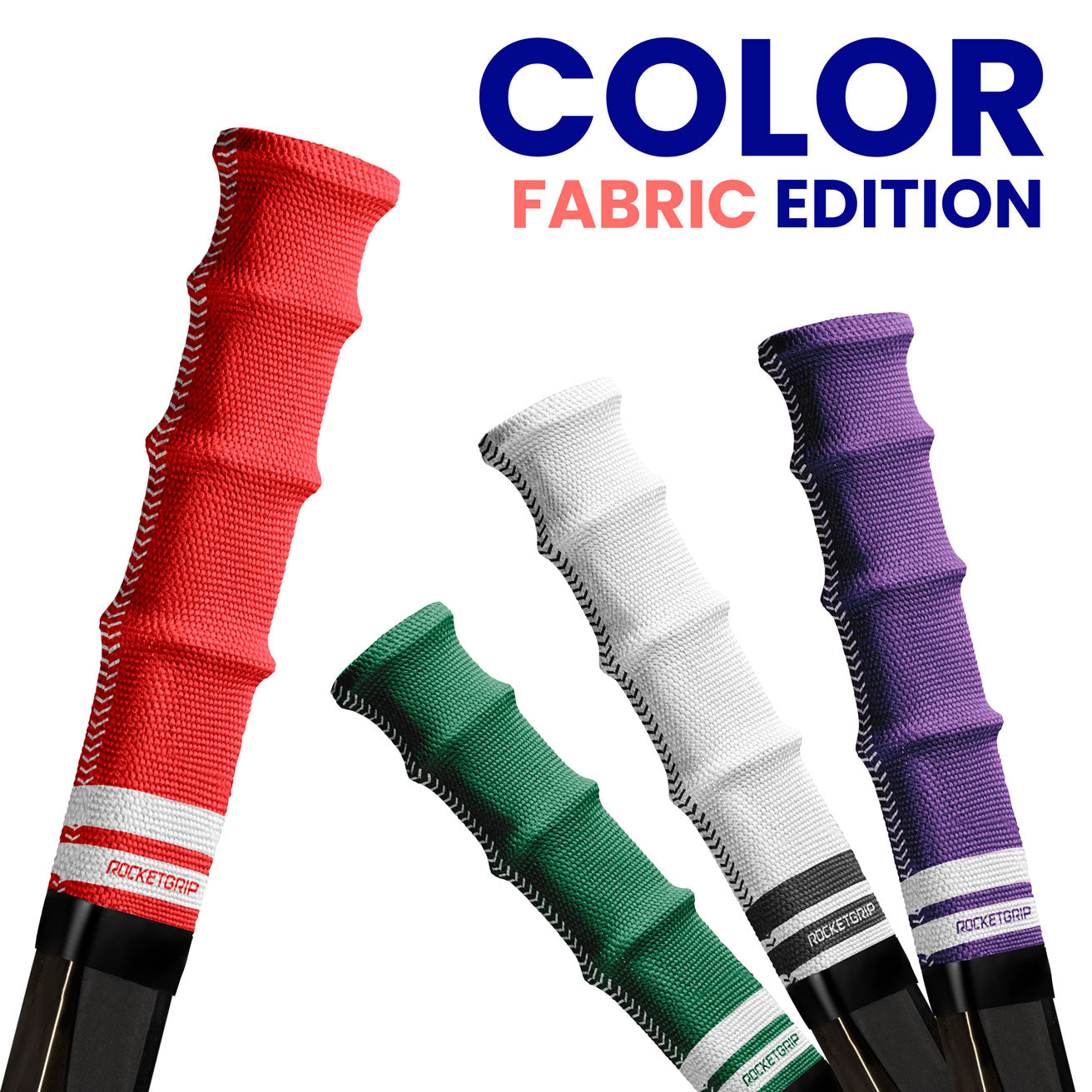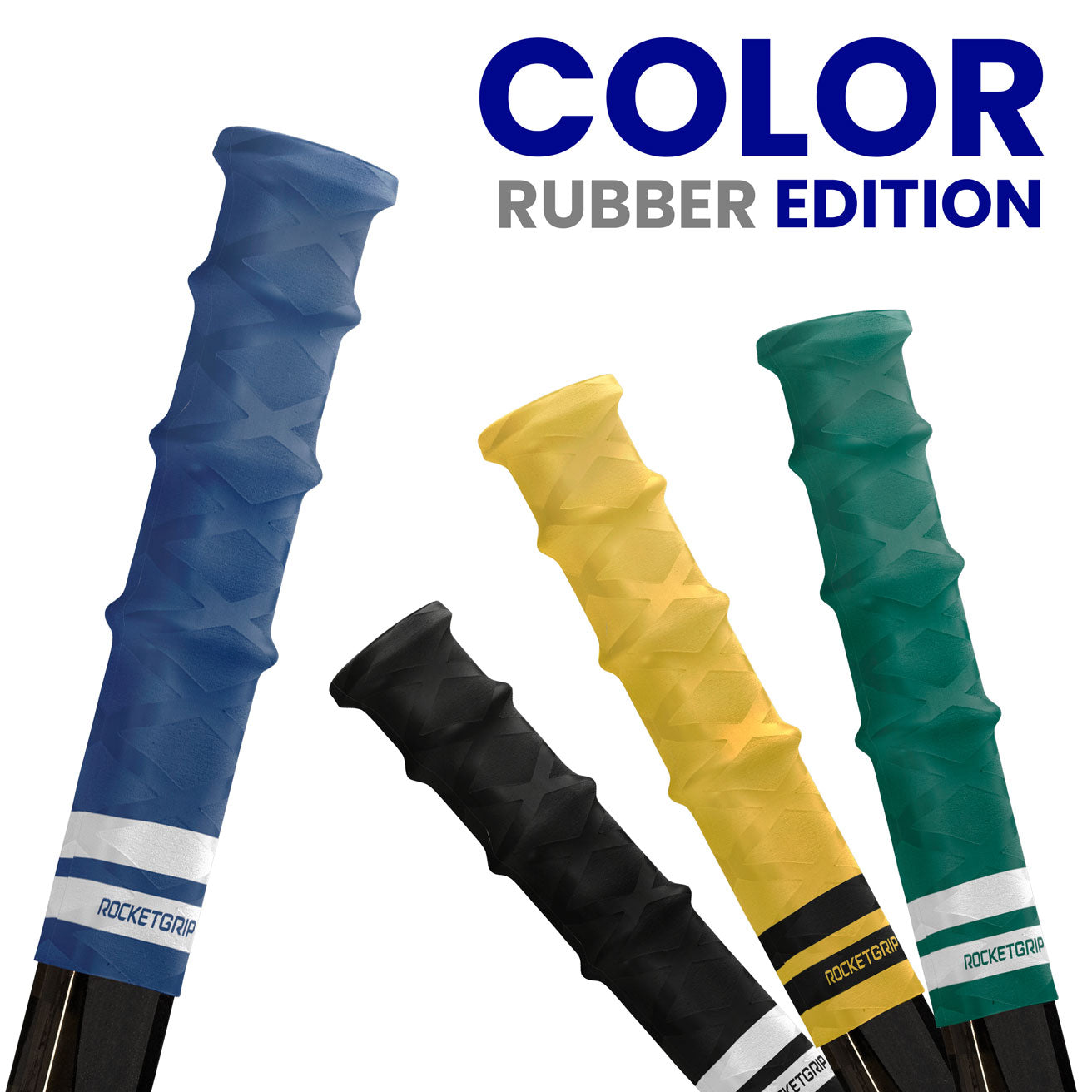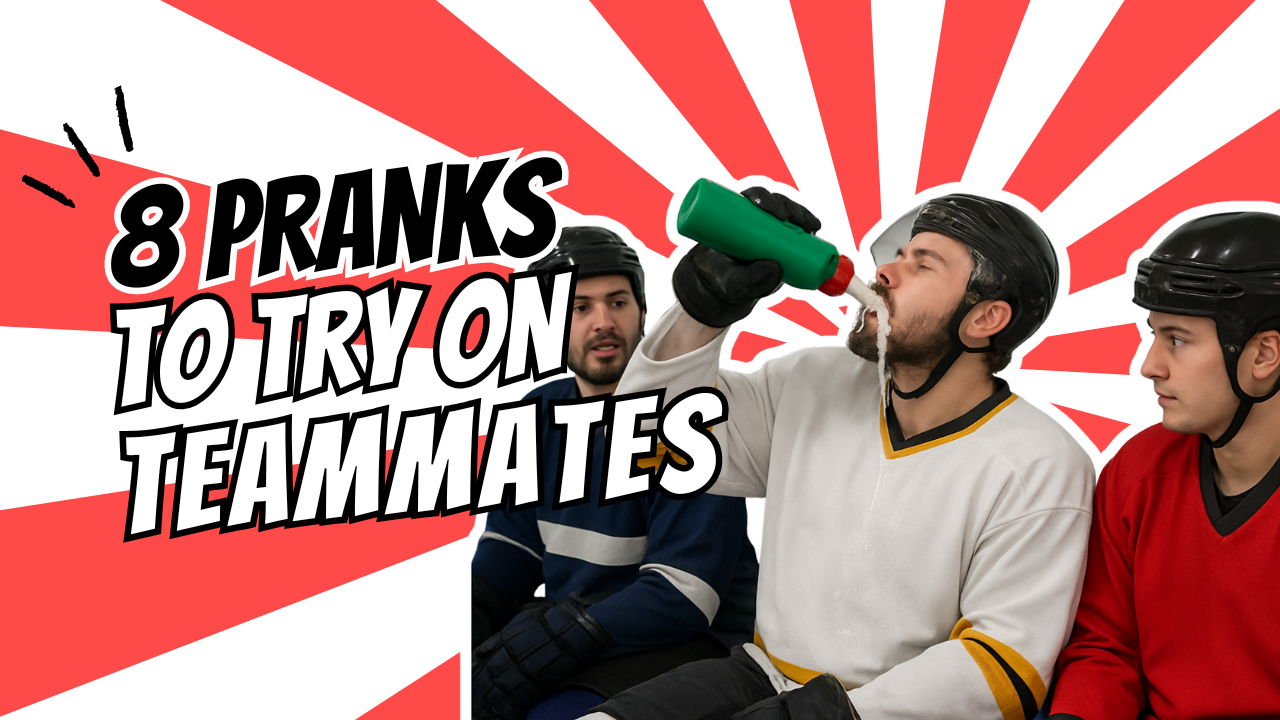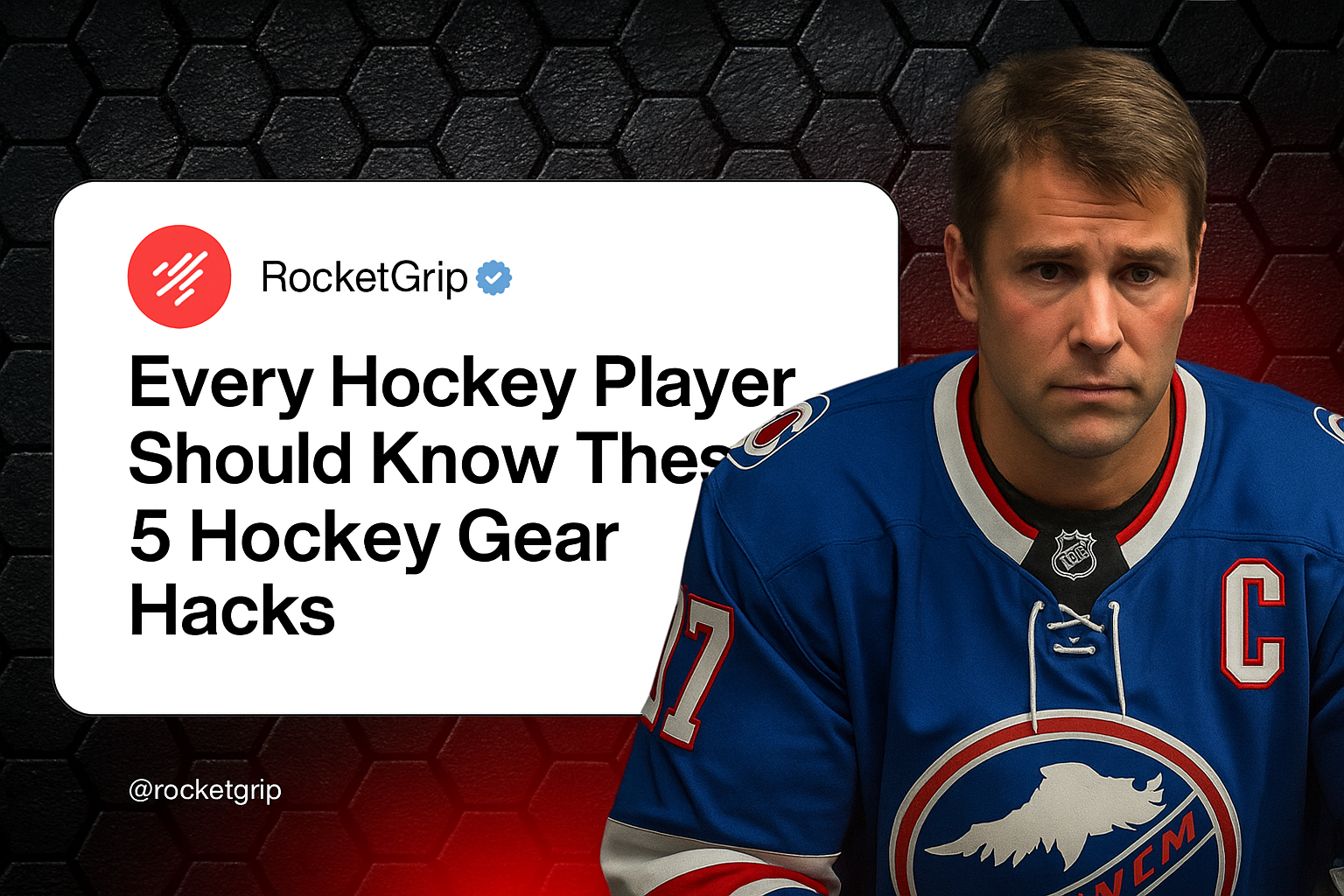3 Easy Ways How to Improve Your Acceleration and First Three Steps in Ice Hockey
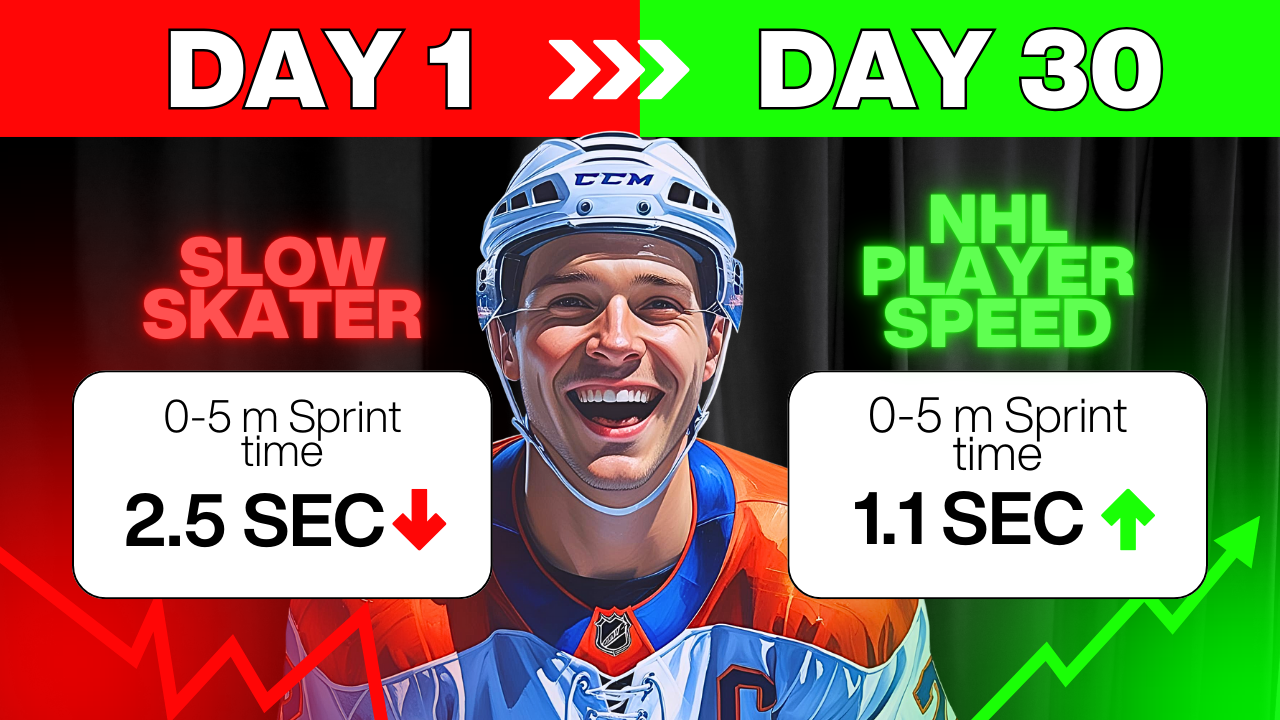
Acceleration—the ability to go from a dead stop to top speed in just a few strides—is one of the most valuable skills in ice hockey. Your first three steps often decide whether you win a puck race, create an offensive chance, or shut down an opponent. In this article, we’ll break down the biomechanics, drills, off-ice training, and equipment considerations that can help you develop explosive first-step quickness.
Why the First Three Steps Matter
Hockey is a game of short bursts. Studies of elite players show that most sprints last less than five seconds, and top speed is rarely reached. Instead, games are decided in micro-races—who gets to the puck first or who creates separation. Improving those first strides gives you a measurable competitive edge.
Core Principles of Acceleration
-
Forward Lean and Body Angle: At the moment you push off, your torso should be leaning forward about 45 degrees, with your nose over your toes. This angle allows for powerful, horizontal force generation.
-
Powerful Push, Full Extension: Each stride should end with a complete hip, knee, and ankle extension to maximize force output.
-
Rapid Recovery: After pushing off, your recovery leg should snap back under your hips quickly, minimizing wasted time.
-
Arm Drive: Strong, coordinated arm swings help counterbalance your legs and add momentum.
-
Low, Controlled Stance: A deep knee bend engages more muscle groups and improves stability.
On-Ice Drills to Improve Acceleration
1. Explosive Starts from a Standstill
-
Begin with both skates parallel, knees bent.
-
On whistle, explode forward using quick, short strides.
-
Focus on maximum power in the first three pushes.
2. Half-Circle Puck Races
-
Set a puck on the dot, stand on the boards.
-
Race to the puck using maximum effort in first strides.
-
Add a partner for competitive intensity.
3. Backward-to-Forward Transition Starts
-
Skate backward for 3 strides, pivot, and explode forward.
-
Trains change-of-direction acceleration.
4. Weighted Puck Pull
-
Use a sled or weighted parachute to add resistance.
-
Perform 10–15 meters of explosive sprints.
Off-Ice Training for First-Step Speed
Strength Training
-
Squats and Deadlifts: Build lower body strength for powerful strides.
-
Lunges and Split Squats: Enhance unilateral strength and balance.
-
Hip Thrusts: Target glutes for stride power.
Plyometrics
-
Broad Jumps: Train horizontal explosiveness.
-
Skater Bounds: Mimic lateral stride push-offs.
-
Box Jumps: Improve triple extension.
Sprint Work
-
10–15 meter sprints from various positions (lying down, kneeling, seated) to train neural speed and reaction time.
Equipment Considerations
-
Skate Fit: Poorly fitted skates waste energy and slow your first steps.
-
Hollow Depth: A deeper hollow (e.g., 1/2") increases grip for powerful pushes but may require more effort.
-
Blade Profile: Shorter contact points improve agility and quick starts.
Common Mistakes to Avoid
-
Standing Upright Too Early: Stay low for the first three strides.
-
Overstriding: Quick, powerful steps beat long, slow ones.
-
Lazy Arm Movement: Use your arms to generate extra thrust.
-
Neglecting Recovery: The speed of your recovery leg is as important as the push.
Measuring Progress
-
Timing Gates: Use a stopwatch or electronic gates to time your 0–10 meter sprints.
-
Puck Race Drill Scores: Track how often you win in practice.
-
Video Analysis: Compare your body angles and stride length over time.
Sample 4-Week Acceleration Plan
Week 1–2: Focus on form with bodyweight and light resistance. Week 3–4: Increase load and intensity with resistance sprints and plyometrics.
-
2x/week on-ice start drills
-
2x/week gym sessions (strength + plyo)
-
1x/week sprint mechanics review
Final Takeaway
Improving your acceleration and first three steps comes down to a combination of perfecting biomechanics, building lower body strength and explosiveness, and tailoring your equipment for maximum energy transfer. By applying these principles consistently, you’ll become the player who wins those critical puck battles—and that can change the outcome of every game you play.


